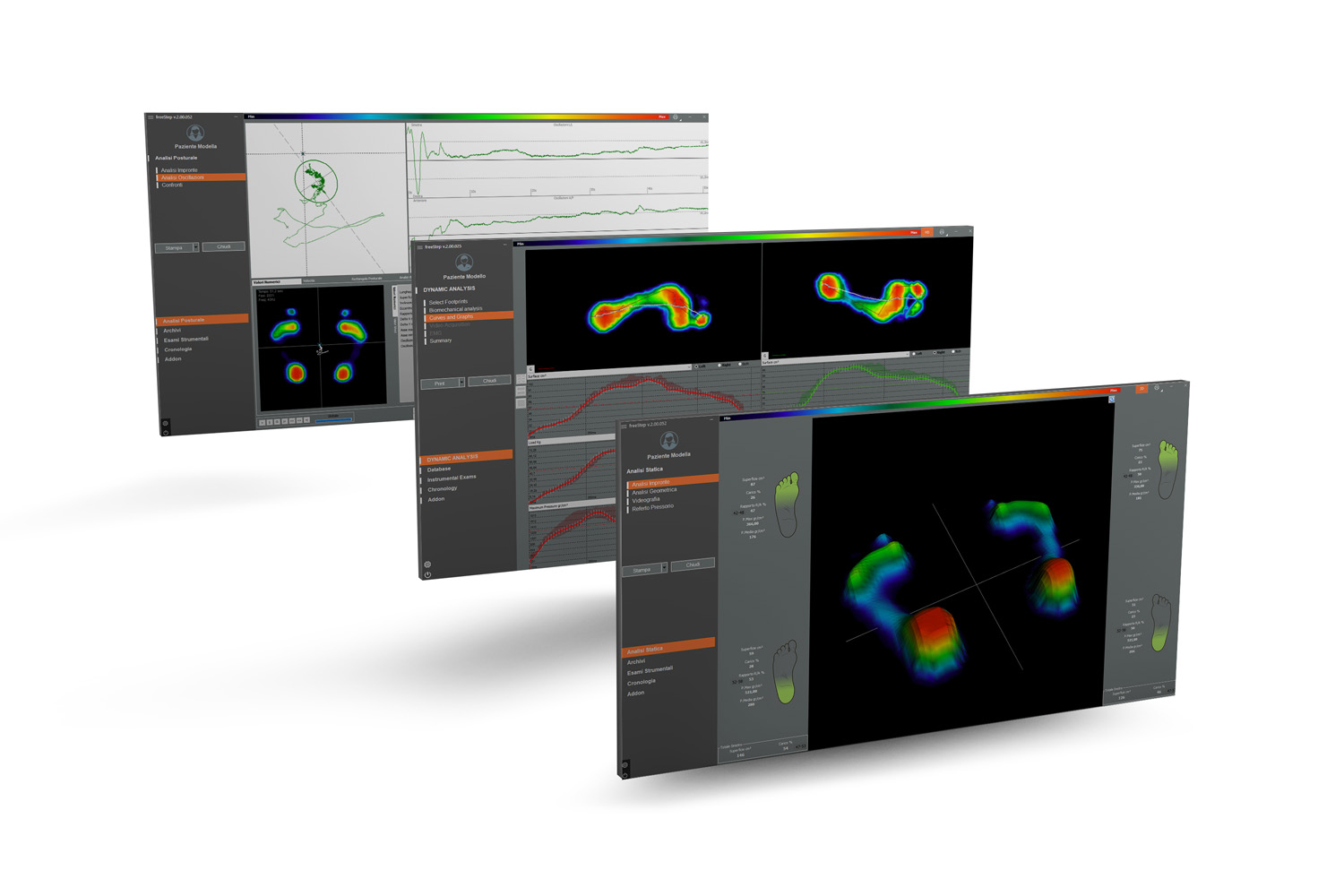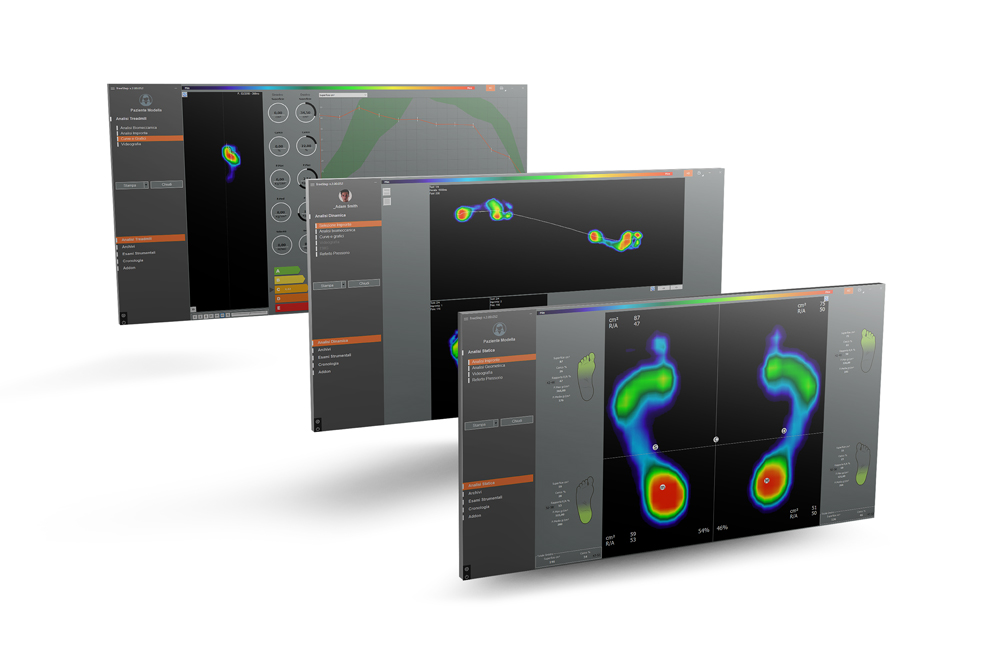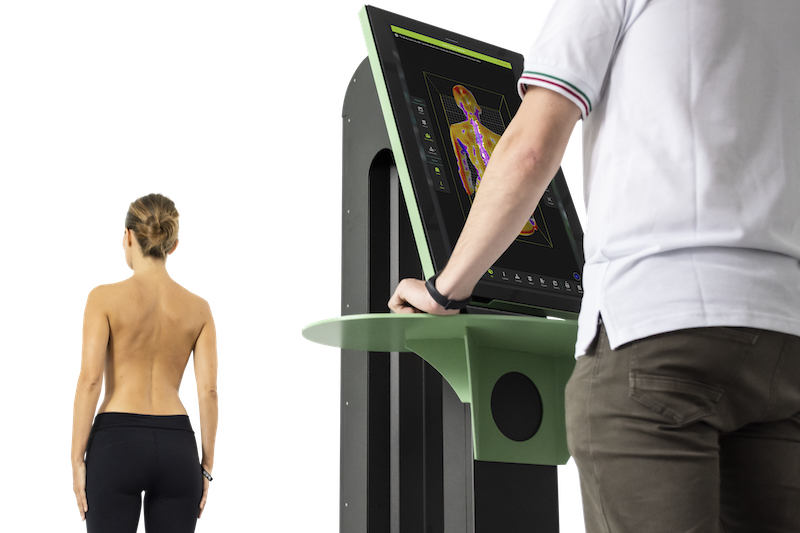Gait analysis is a method used to study human motion, primarily focusing on walking and running. In simple terms, it's all about understanding how we move. One crucial aspect of gait analysis is weight transfer. This refers to how your body weight shifts from one foot to the other as you walk or run. It's a fundamental part of our movement, and any irregularity in weight transfer can potentially cause or indicate various health conditions. By analysing weight transfer, health professionals can diagnose and treat conditions such as arthritis, stroke, or injuries. In this blog, we will delve deeper into the role of weight transfer in gait analysis.
Understanding the Concept of Weight Transfer in Gait Analysis
In gait analysis, understanding the concept of weight transfer is crucial. Essentially, weight transfer refers to the shift of body weight from one foot to the other as we walk or run. This shift is a key part of our natural movement and balance. If there's an irregularity in this weight transfer, it can lead to problems such as pain, injury, or difficulty in movement. By analysing the pattern of weight transfer, physiotherapists and other health professionals can identify these issues and develop effective treatment plans. So, understanding weight transfer is not only essential for diagnosing problems but also for preventing them.
The Biomechanics of Gait: A Closer Look at Human Locomotion
Gait analysis is a fascinating field that delves into the biomechanics of human movement, particularly walking and running. One of the crucial components of gait analysis is understanding the role of weight transfer. Every step we take involves a complex system of weight shifting from one foot to the other, engaging various muscles, joints and bones in the process. This weight transfer not only propels us forward but also helps maintain balance and coordination. By studying this, researchers can identify abnormalities in gait patterns, which can be crucial in diagnosing and treating various medical conditions, improving athletic performance, and even in designing more efficient prosthetics and robotics.

The Importance of Weight Transfer in Walking and Running
Understanding the role of weight transfer in gait analysis is crucial because it directly impacts how we walk and run. When we move, our body weight shifts from one foot to the other, providing balance and momentum. This transfer of weight is not only essential for maintaining stability, but also for propelling us forward. If our weight transfer is inefficient, it can result in poor balance, decreased speed, and even injuries over time. Therefore, a proper understanding of weight transfer can help improve our walking and running efficiency, reduce the risk of injuries, and enhance our overall physical performance.
How Weight Transfer Affects Balance and Stability in Motion
Weight transfer plays a crucial role in maintaining balance and stability when we are in motion. Think of it this way; when we walk or run, our body weight shifts from one leg to the other. This weight transfer helps us keep our balance and move forward without falling. If this weight transfer is uneven, it could lead to instability and increase the risk of falling. Understanding how this process works is key in gait analysis, as it can help identify any irregularities or imbalances that may be affecting a person's ability to walk or run safely and efficiently.
The Role of Weight Transfer in Identifying Gait Abnormalities
Weight transfer plays a crucial role in analysing gait abnormalities. When we walk, our body weight naturally shifts from one foot to the other. This weight transfer should be smooth and evenly distributed. However, in individuals with gait abnormalities, this weight shift can be off-balance or irregular. By carefully observing and analysing this weight transfer, healthcare professionals can identify any irregular gait patterns. This can help diagnose conditions like arthritis, Parkinson's disease, or injuries that affect walking. Essentially, understanding weight transfer in gait analysis allows experts to detect, diagnose, and treat gait abnormalities more effectively.
Application of Weight Transfer Analysis in Physical Therapy and Rehabilitation
Weight transfer analysis plays a pivotal role in physical therapy and rehabilitation, particularly in gait analysis. It helps therapists understand a patient's balance and mobility by observing how they distribute their weight while walking. By analysing this, therapists can identify any irregularities or imbalances, which could indicate underlying issues or progress in recovery. This information is crucial in tailoring effective treatment plans, setting realistic recovery goals, and monitoring improvements over time. Therefore, understanding weight transfer is essential for enhancing the quality of care in physical therapy and rehabilitation.
The Use of Gait Analysis and Weight Transfer in Sports Performance Enhancement
In the world of sports performance enhancement, gait analysis and weight transfer play a crucial role. Gait analysis involves studying an individual's walking or running pattern, helping to identify any abnormalities or imbalances that could lead to injury or hamper performance. On the other hand, weight transfer is about how an athlete shifts their body weight from one foot to another during movement. It's essential in sports like golf, tennis, or baseball, where proper weight shift can significantly improve power and accuracy. By combining gait analysis and weight transfer studies, coaches and trainers can design personalised training programs that improve athletes' efficiency, power, and overall performance.
Technological Advancements in Gait Analysis: From Pressure Plates to 3D Motion Capture
Technological advancements have significantly improved gait analysis, a critical tool for understanding weight transfer while walking. Initially, gait analysis was done using tools not dissimilar to bathroom scales that tracked weight distribution. However, they provided limited data and lacked precision. With the advent of baropodemtric platforms such as the Sensor Medica freeMed and 4k video cameras, practices such as 3D motion capture technology, gait analysis have taken a leap forward. These systems offer detailed insights into how a person walks, highlighting even the smallest variations in weight transfer. This technology records every movement in three dimensions, providing a comprehensive view of a person's gait. This has greatly enhanced our understanding of walking patterns and their implications on overall health and recovery after injuries.
Conclusion: The Future of Gait Analysis and Weight Transfer Studies.
In conclusion, the future of gait analysis and weight transfer studies looks promising. With advancements in technology, these studies are becoming more precise and comprehensive. They will continue to play a significant role in diagnosing and treating various physical disorders, improving athletic performance, and advancing the development of high-tech prosthetics. As we move forward, the integration of artificial intelligence and machine learning in gait analysis could potentially revolutionise how we understand human movement. In simple terms, we're stepping into an era where walking patterns could offer profound insights into our overall health and well-being.


































































